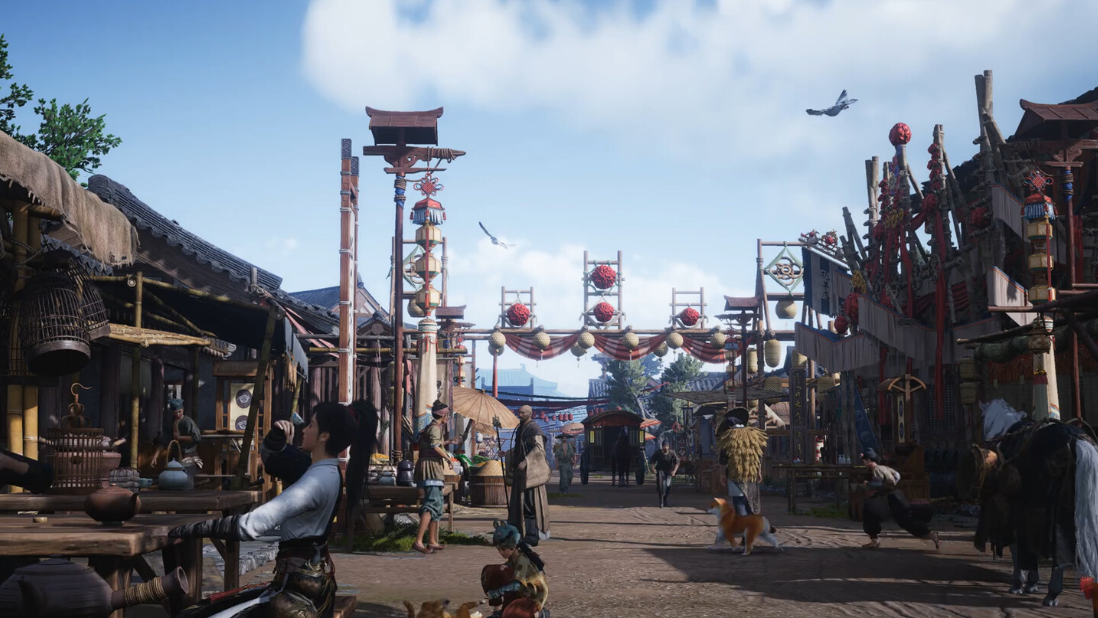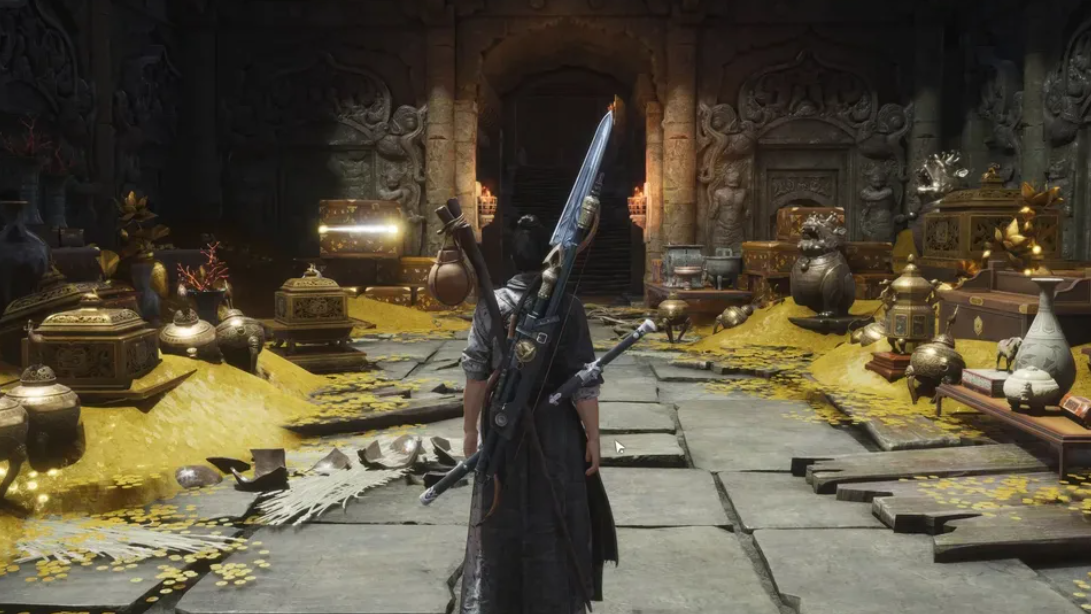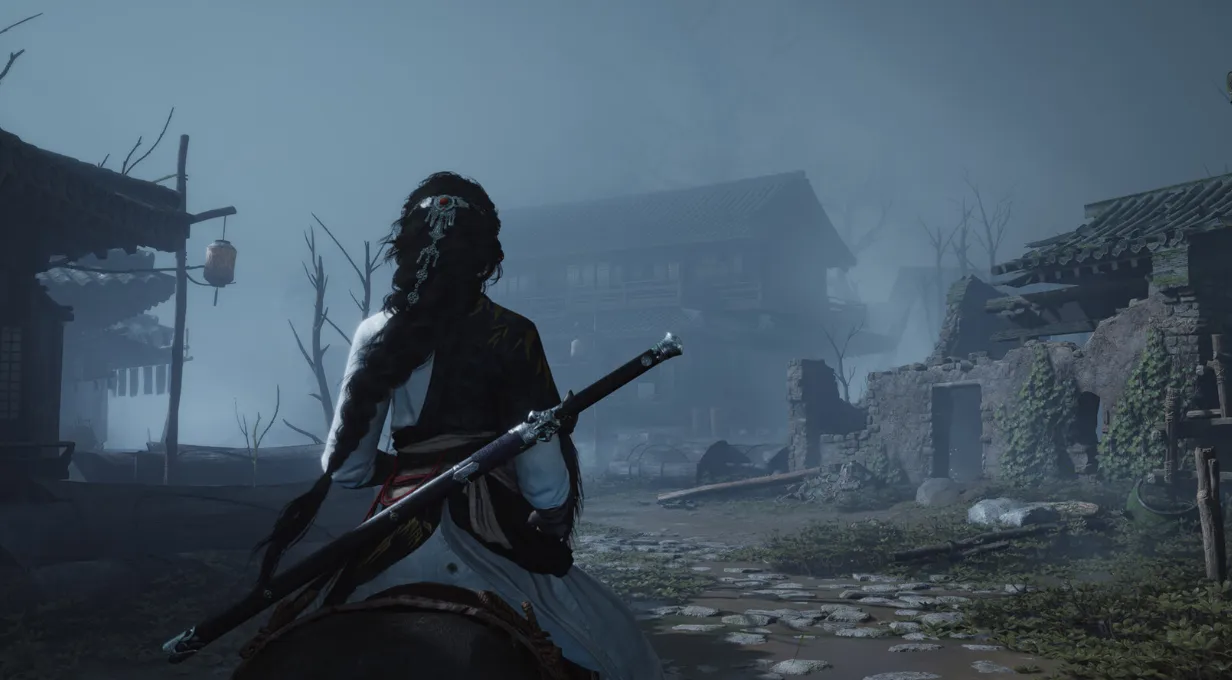In Where Winds Meet, your first character isn’t permanent. You can change appearance after creation, but not every part of the editor is treated the same. Some tweaks are free and unlimited, others require special tickets or real-money currency, and armor visuals are handled through cosmetics rather than gear models.
Where Winds Meet can you change appearance after creation?
Yes. Once you’ve finished the initial character creation, you can still change your appearance through:
| Change type | Can change after creation? | Cost | Where you change it |
|---|---|---|---|
| Colors (skin tone, eye color), basic makeup | Yes | Free, unlimited | Cosmetic Appearance → Wardrobe → facial/makeup options |
| Face sculpt (sliders, bone structure) | Yes | Ticket-based (first ticket free, later tickets from grind or cash shop) | Cosmetic Appearance → Wardrobe → facial appearance |
| Hairstyles | Yes | Unlock hairstyles; some dyes are free, others rare/premium | Cosmetic Appearance → Wardrobe → hair slot / Workshop for dyes |
| Body type / gender | Yes | “Transformation” / “special medicine” item, expensive or heavy grind | Cosmetic Appearance → Wardrobe → body type swap |
| Armor look | Indirectly | Cosmetic outfits via play, battle pass, or cash shop | Cosmetic Appearance → Wardrobe → clothing sets / slots |
On top of that, early in the main story, you meet an NPC who lets you rework your appearance once, and you receive at least one appearance-change ticket. After those freebies, full resculpts behave like a paid “fantasia”-style service: you spend a ticket that can come from grinding or real money.

Free appearance changes: what you can tweak any time
Once you’re in the game world, the Cosmetic Appearance Menu becomes your central hub for looks. You reach it through the main menu or your profile.
| Free category | What you can change |
|---|---|
| Makeup / colors | Skin tone and complexion within the realistic palette, eye color, lip and eye makeup, facial paint placement. |
| Hair selection (not unlocks) | Switch between hairstyles you’ve already unlocked, and between saved hair-color presets. |
| Wardrobe outfits you own | Swap between cosmetic outfits, capes, hats, and accessories you’ve obtained. |
| Weapon visibility | Hide or show primary/secondary weapons and bow on your character model. |
| Saved presets | Switch between saved appearance/wardrobe presets in one click. |
These edits do not consume any items or currency. You can enter the Wardrobe tab as often as you like, adjust complexion or makeup, and save new presets for free.
Paid or limited changes: face sculpt, body type, and deep edits
The game separates “color and cosmetics” from “structure.” Changing colors is free; changing structure costs tickets or items.
| Limited change | How it works | Free allowance |
|---|---|---|
| Full face sculpt re-edit | Re-open the detailed facial sliders (jaw, nose, eyes, etc.) and resculpt your character. | One free change early on via an NPC, plus at least one free appearance ticket. |
| Additional full resculpts | Use an appearance-change ticket that can be bought or earned through play. | None; each extra resculpt consumes a ticket. |
| Body type / gender change | Use a special “Transformation Pill” / “special medicine” to swap body type, effectively letting you switch gender presentation. | Not free; these items are rare and either costly or slow to grind. |
| Extra outfit slots | Purchase extra preset slots for saved outfits with premium currency (Echo Jade). | The base number of slots is free; extras are paid. |
This structure makes early experimentation fairly forgiving: you see your character in live lighting, use your free resculpt if something feels off, and then settle into cheaper color/makeup adjustments for ongoing tweaks. True overhauls later in your playthrough are deliberately gated behind tickets.
How skin color changes work in practice
Skin tone is part of the face editor and is more flexible than many players expect, but it stays within a realistic spectrum.
| Skin tone feature | Details |
|---|---|
| When you set it | Initially during character creation; later any time from the Cosmetic Appearance → Wardrobe face/complexion section. |
| What you can adjust | Overall tone (light to dark), brightness, and warmth; options are presented as sliders and/or presets. |
| Cost | Free to change at any time; included in the “colors and makeup” category. |
| Fantasy colors | Not supported; all tones are grounded, natural-looking skin shades. |
| Relationship to resculpts | Included in your one-time full appearance reset, but you don’t need a ticket to adjust tone later. |
Because lighting and outfit colors can shift how a tone appears, it’s worth using the preview options to view your character under different lighting or in different clothes before you commit to a major resculpt. Routine complexion tweaks are reversible and free, so you’re not locked into a tone.
Hairstyles, dyes, and why everything starts dark
Hair customization in Where Winds Meet is split between styles and colors, and those two layers are handled differently.
| Hair aspect | How it behaves |
|---|---|
| Base hair color at creation | At launch you start with dark brown to black hair; you cannot freely pick bright colors on day one. |
| Hairstyle unlocks | Styles are unlocked like cosmetic gear: through quests, sect rewards, events, or the shop. |
| Standard dyes | Common dyes give muted, more grounded colors. These are relatively easy to obtain. |
| Rare / premium dyes | Harder-to-get dyes, often tied to gacha or real-money spend, open up vivid colors “in any color of the rainbow.” |
| Dye application | Handled through the Workshop in the Cosmetic Appearance Menu; you can save dyed hair presets and swap between them for free. |
Not every hairstyle can be dyed away from black, so some looks remain tied to darker hair even with dyes available. That limitation matters if you’re chasing a specific color–style combination, and it’s worth testing in the Workshop before committing rare dyes.
Armor, outfits, and why gear doesn’t change your look
One of the more surprising design decisions in Where Winds Meet is that combat gear and visual appearance are largely decoupled. Equipping new armor generally does not change how your character looks; instead, the game expects you to use the cosmetic system for clothing.
| Visual system | What it does |
|---|---|
| Body Outfits | Single pieces that override your entire armor silhouette. Swapping the outfit changes your whole clothing look. |
| Individual cosmetic slots | Hats, capes, face accessories, earrings, hair accessories, and extra accessories layered on top of outfits. |
| Gear stats | Stat armor can change your numbers but not your visual model; your appearance is driven by the cosmetic slots. |
| How to get outfits | Some outfits come from quests and joining sects, others from battle passes or the cash shop. |
| Dyes for outfits | You can recolor certain outfits in the Workshop, with basic and rare dye tiers similar to hair. |
The trade-off is clear: you lose the “new chestplate, new look” feedback loop, but gain full control over style regardless of which armor has the best stats. Many players prefer this approach because it never forces you into an ugly but optimal piece of gear; you simply pick an outfit you like and keep wearing it while upgrading stats underneath.
Using presets, gallery, and sharing to manage looks
Because visual customization is so central to progression, the game provides tools to save and share your setups.
| Tool | Purpose |
|---|---|
| Saved Outfits | Store multiple complete wardrobe configurations (outfit, accessories, weapon appearance) and swap between them instantly. |
| Profile Background Plans | Save different character profile scenes with poses, props, and mounts for social screens. |
| Online Gallery | Browse appearances made by other players and copy them using QR codes or outfit IDs. |
| Share Outfit | Publish your own designs for others to import. |
These tools cost nothing to use, although extra outfit preset slots beyond the free allotment require Echo Jade. For players who like to experiment, this effectively lets you maintain a “wardrobe of identities” and flip between them as your mood or guild role changes.
How often should you use your one-time full reset?
Because a true resculpt is limited by your free ticket and later by paid tickets, it’s worth handling your first reset carefully. A practical approach is:
- Spend extra time in the initial creation, previewing different lighting and clothing.
- Play for a few hours to see your character in actual environments.
- Use the free full reset once you’re confident about larger structural changes—face shape, height range, or overall style.
- Rely on free complexion and makeup controls for minor adjustments from that point on.
This way, you keep your later tickets for when you genuinely want a different face or want to roleplay a very different character, instead of burning them on small corrections that the free tools already cover.

The short version: In Where Winds Meet, you absolutely can change appearance after creation, but the game draws a line between cosmetic color changes (free and flexible) and deeper structural edits (ticket-gated). Armor visuals live in the wardrobe, not on gear, so your style is effectively a long-term cosmetic project. If you lean into the wardrobe system and treat tickets as rare respecs for your face and body, you get a lot of freedom without feeling trapped by your day-one choices.


